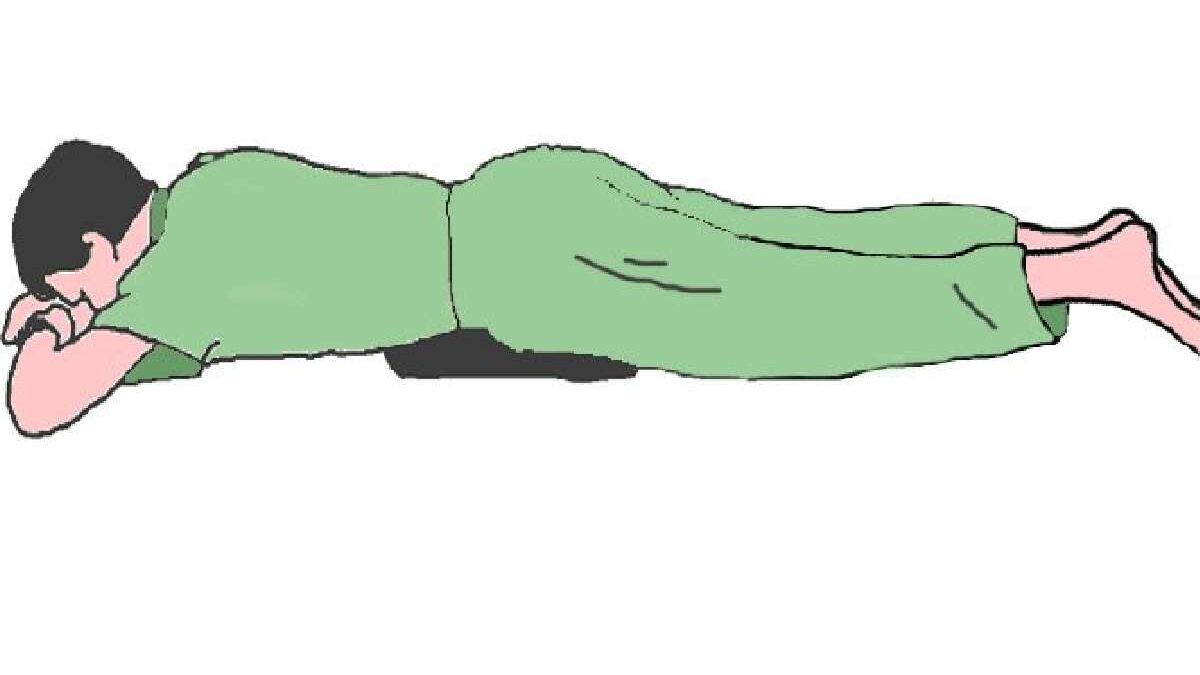Table of Contents
Bone Position in Prone Bone Position
Prone Bone Position – The prone position is the body’s position where the person is lying down with the chest unhappy and the backup. Anatomically speaking, the dorsal side is up, and the ventral side is down. The weak mode is 180-degree contrast.
The Science Of The Origin Of Words
The word prone, which means “naturally inclined, appropriate, responsible”, remains recorded in English from 1382; The meaning of “lying face down” was first recorded in 1578, but it is also known as “lying down” or “face down”.
Prone derives from the Latin word, meaning “to lean forward, lean towards”, from the adverbial form of the prefix pro- “forward”. The original and the literal and derived symbolic meanings have remained used in Latin, but the figurative is older in English.
Anatomy
In anatomy, the prone position is the position of the body lying face down, and also it is opposed to the work of lying face up. Using the terms defined in anatomical position, the ventral side is down, and the dorsal side is up.
Concerning the forearm, pronation refers to this configuration where the palm is facing backwards and the radius and ulna cross.
The researchers found that expiratory reserve volume measured at relaxation volume increased from weak to prone by 0.15.
Shooting
In competitive gunfire, the prone position is the position of the shooter lying on the ground, face down. It is the most accessible and accurate position as the environment provides additional stability. It is one of the positions in three events. For many years (1932-2016), the only Olympic event at risk was the 50-meter rifle; However, it has been aloof from the Olympic program. In an Olympic shooting event, both men and women still hold the 50-meter rifle positions. Many video games (especially first-person shooters) allow the player character to remain placed face down.
ISSF 50 Meters
The female and also male shooters fire the .22 calibre LR (small bore) rifle for 60 rounds over a 50-minute count (when using electronic targets). It fires after an unlimited number of sight shots, which must remain fixed during the 15-minute sight and readiness period. If necessary, an “elimination” round of shooting may remain conducted to reduce the number of shooters to the number that can remain fired simultaneously in the “qualifying” round. Until 2013, each shot could score from 0 to 10 points without decimals (e.g. but not 3.2 or 9.8, etc.) The maximum score for the eliminatory or qualifying round is 600 points. After 2013, snapshots are logged as decimal values (e.g., 9.8 instead of 9 in the integer log), so the maximum score of 60 matching photos is 654.0.
Until 2018, the eight best shooters of the qualifying round for “shotgun” shooting remained selected in the “Olympic” final. Before 2013, this consisted of an additional ten shots recorded to one decimal place, so the maximum possible score was 109.0. This score remained and remained then added to the qualifying round score; This combined score remained used to determine the final ranking and thus the medal winners.
Beginning with the 2013 season and continuing until the start of the 2018 season, a new final format remained introduced. The top 8 bowlers from the passing round played each other. But only this time with the disqualification of ranking and the number of shots raised to 24. They were still shots. It remains decimal, so the maximum possible score under this new format was 261.6. As of January 2018, the entire final match of the event has remained cancelled; Competition rankings stand determined by the score obtained in a 60-shot game only.

